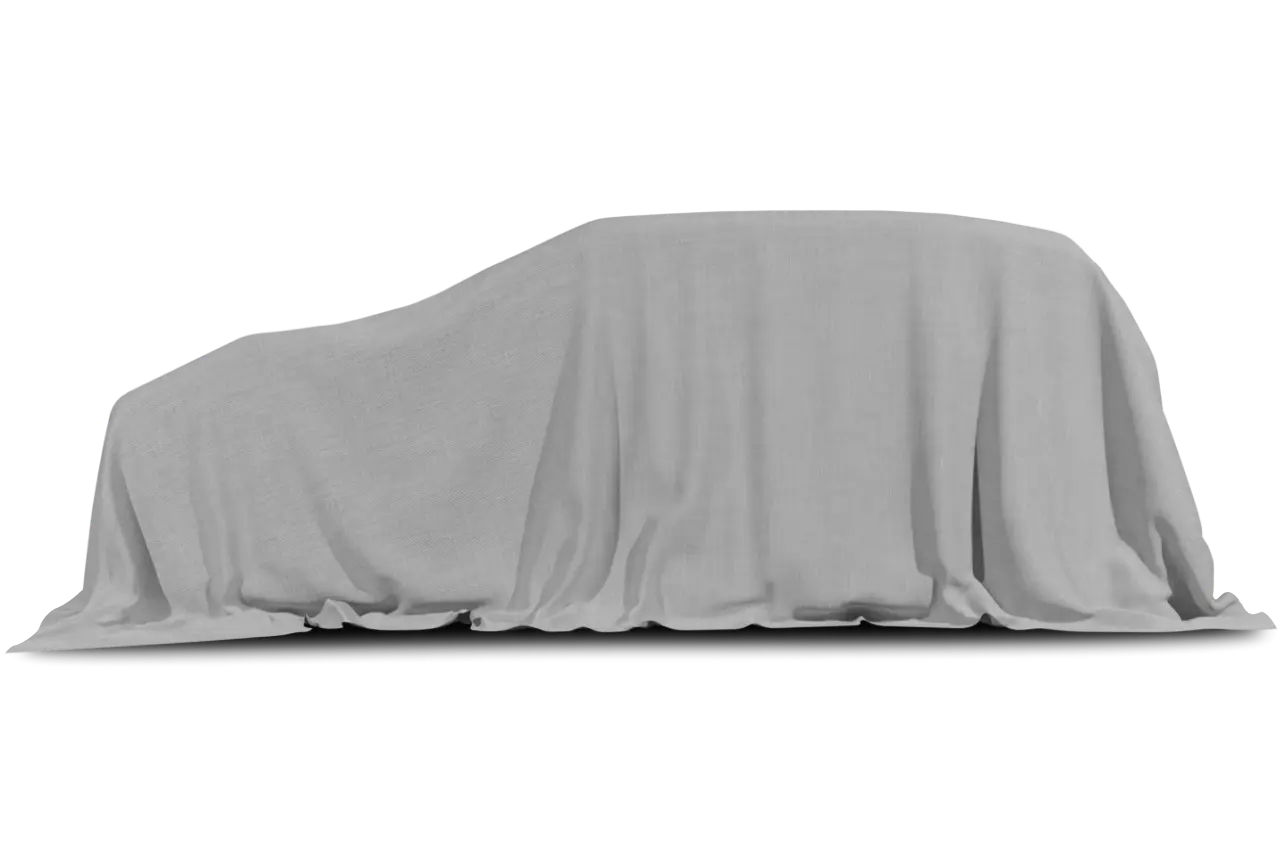
In autospeak, Corvette is just another word for magic.
Just ask my friend, Matt Seichepine. This young man knows Corvettes upside down and backward. He thinks, reads and dreams about them, and when that won’t do he turns his considerable artistic talent to creating fine illustrations of them.
When the 2000 Corvette came my way for a test drive, it seemed only natural to give him a chance to check it out. Decked out in a Green Bay Packers cap and a Corvette T-shirt, he soaked up every detail like a sponge. After a short spin he pronounced it “truly unbelievable.”
While my friend’s response might just be the unbridled enthusiasm of a youthful fan, I noticed that many other people reacted to it in the same way.
Corvettes, you see, are as much a part of the American automotive lexicon as the Model T and Harley-Davidson. Their appeal is so visceral that no matter where I drove the dark red coupe shown here, heads turned to mark its passing. From a performance-per-dollar perspective, it is serious competition for Porsches, BMWs and the like.
The current generation Corvette was born in 1997, and in the ensuing years it has continued to evolve as a world-class performer. The aluminum 5.7-liter, LS1 V8 engine spits out 345 angry horsepower so compellingly that it is hard to resist letting it run free at the slightest opportunity. Almost more intriguing is the 350 lb.-ft. of torque this baby cranks out, because torque is the force you feel through the small of your back when you crack the throttle.
The abundance of torque makes the six-speed manual transmission almost unnecessary. The shift linkage is clunky enough, and the mandatory first-to-fourth skip-shift feature aggravating enough, that if I were choosing a Corvette for everyday driving, I would pick the automatic.
This year, Chevrolet engineers reduced emissions of nitrogen oxide by 50 percent and hydrocarbons by 70 percent, so the engine now complies with the government’s LEV (Low Emission Vehicle) standard.
So what else is new? Not much needed tweaking. The Z51 Performance Handling Package gets larger stabilizer bars for flatter cornering, and while this package is primarily aimed at drivers who will use their car for occasional competition, it is great fun on the street, at least for a few days. It heightens the ‘Vette’s responsiveness to the point where you can scoot through turns at racetrack velocities with very little body lean. The Z51’s ride can be sharp, and it gets noticeably choppy at highway speeds on anything less than perfect pavement.
For $500, you can specify the active handling system that intervenes to help negate skidding and wheelspin. The way this system shuts down power to the wheels can be a bit intrusive, but the reassurance it provides, particularly in the wet, is worth the cost.
Another new feature this year is the handsome, five-spoke aluminum wheels, 17-inch in front and 18-inch in back. They are avail able plain or polished. The polished wheels on the test car were the perfect accent for the dark-red color. Larger back wheels do a better job of managing the V8’s torque and enhance grip in turns. Goodyear EMT run-flat tires obviate the need for a spare and make it practical to have wheels of two different sizes. Since EMT tires are so stiff you can’t tell when they go flat, a tire-pressure indicator on the instrument panel is standard.
Settling down into the cockpit gets harder as I get older. Actually, getting out is harder than getting in. Once there, however, you feel secure and a part of the car. The wraparound seats are fairly narrow, which means they grip your body like orthopedic chairs. The cockpit is bigger than in previous models, but it is still pretty tight. A small luggage area is located behind the seats under the glass hatchback.
The transmission tunnel is rather tall, and shifting the manual gear lever requires a deliberate tug.
Instrumentation i simple and easy to read. The head-up display ($375) projects the speed, tachometer and fuel gauge on the windshield so it looks as if they are floating on the end of the hood. As quick as this car is, being able to keep a constant eye on the speedometer is a good thing.
The current Corvette’s gut-wrenching performance is balanced by a higher degree of civility than that found in the previous generation, and while it is far from perfect, it exhibits a raw magnetism that is unusual these days.
Just ask my friend.
Price
The base price of our test car was $39,130. Options included the six-speed transmission, adjustable sport bucket seats with leather, active handling system, performance handling package, six-way power passenger seat, fog lamps, tilt/telescoping wheel, floor mats, dual-zone air conditioning and a rear luggage shade.
The sticker price was $45,339.
Warranty
Three years or 36,000 miles.
To get in touch with Tom Strongman call (816) 234-4349 or e-mail: strongmn@kcstar.com.
Point: Corvettes are fun, fast and glamorous. The aluminum V8 is as subtle as an anvil and twice as strong. The ride is firm but the handling is worth it.
Counterpoint: The Z51 package is choppy on rough pavement, the seats are narrow and luggage space is limited. What do you expect?
SPECIFICATIONS:
Engine: 5.7-liter, V8
Transmission: Six-speed
Rear-wheel drive
Wheelbase: 104.5 inches
Curb weight: 3,246 lbs.
Base price: $39,130
As driven: $45,339
Mpg rating: 18 city, 27 hwy.











